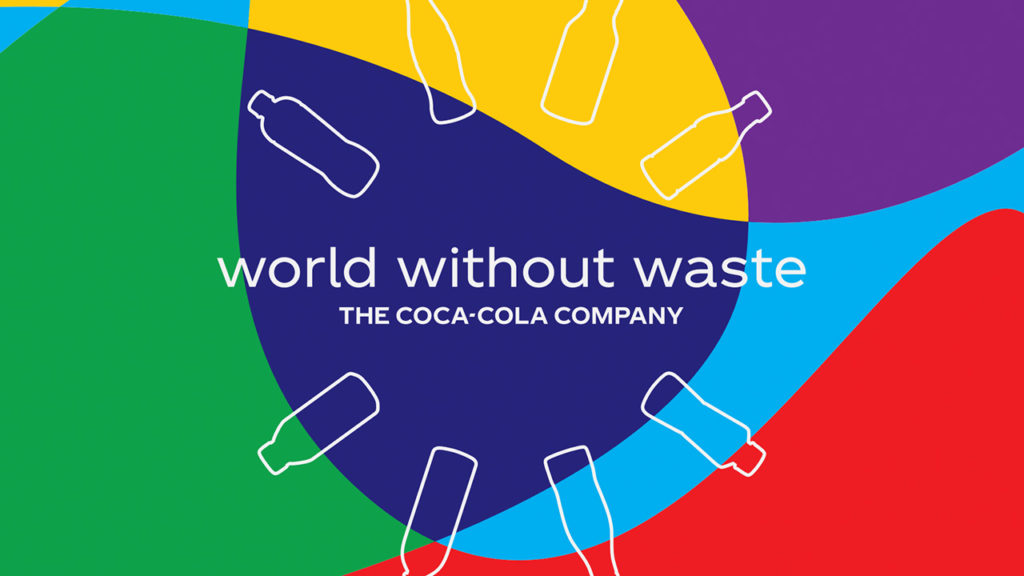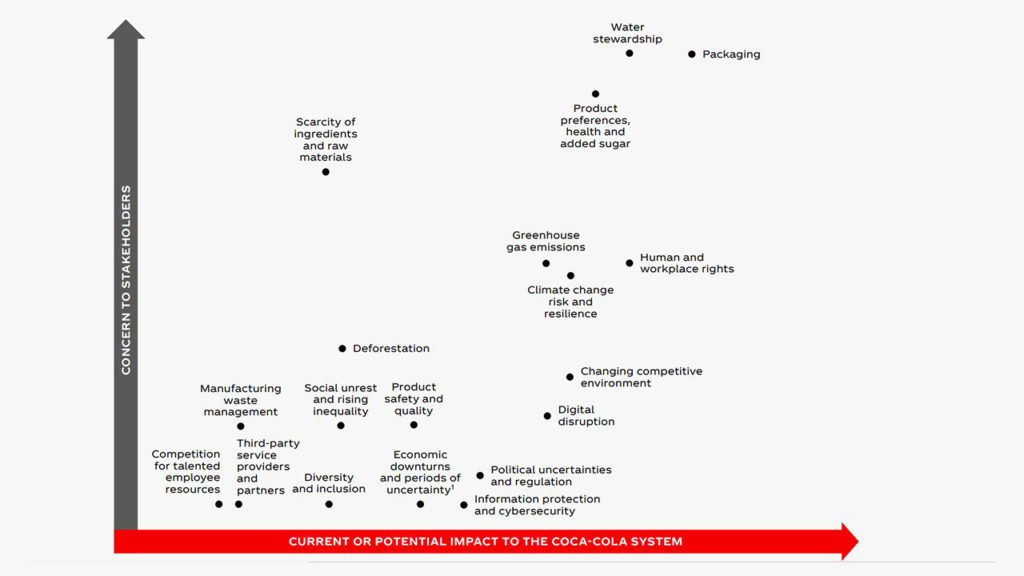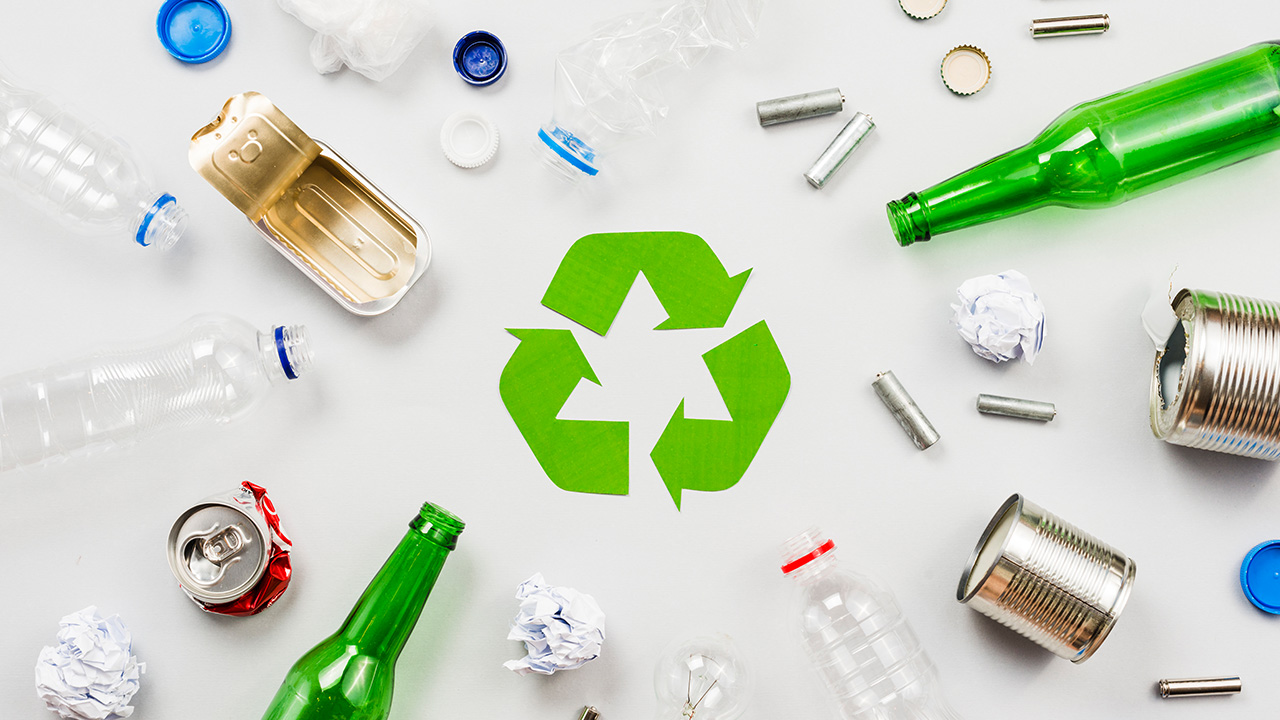Coca-Cola is one of the world’s largest companies. In fact, Coca-Cola generated around 35.1 billion dollars in revenue. This is much more than the GDP of some smaller countries. Mammoth companies like Coca Cola have immense responsibilities too. The Coca Cola corporate social responsibility program tries to give back to the society in its own ways. Let us look at this CSR program to understand where does Coca Coca Inc stands in terms of their CSR initiatives. Consequently, we will also look at some of their best practices. You can also compare the CSR activities with other companies like Microsoft’s CSR.
Contents
The Coca Cola Incorporations
Coca Cola is a global beverage brand. The most popular drink is Coca Cola or Coke, which is a type of carbonated soft drink. However, they make a lot of products apart from Coca Cola. For instance, if you started to try everything from Coca-Cola’s 4700+ offering. One new product every day. It would take you more than twelve years to finish all their drinks.
However, Coca-Cola Inc has also garnered a lot of criticism. The major criticism is due to the bad health effects of this drink. The high amounts of sugar present in this drink can lead to obesity and other issues. Nevertheless, Coca-Cola also has a mammoth carbon footprint. An organization working towards minimization of plastic bottles is “Break Free From Plastic”. We have found that Coca-Cola is one of the biggest contributors to the plastic waste in the world.
Early CSR initiatives by Coca-Cola
First step towards social responsibility came in the form of anti-litter organization co-established by Coca-Cola in 1953. However, it was not before 1969 that the firm started analyzing the ecological impact of it’s products. When the voices against plastic waste started to pile up. Coca Cola introduced its own ways to fight the plastic problem. They started using recycled materials to make the bottles way back in 1991. Over a period of time, they have shifted entirely to recycle materials.
One of the first ways in which they started minimizing the ecological impact was through ‘reusing’. Secondly, they focused on recycling. Eventually, they have started looking at reducing waste.
Overview of Coca Cola corporate social responsibility
Now let us look at some of the broader themes over which Coca-Cola focused their CSR activities:
- Waste reduction
- Replenishment of water
- Reduction of carbon footprint
- Minimizing packaging
Waste reduction

One of the most common themes of sustainability across different companies is reduction of waste. In fact, this is one of the most tangible and visible sustainability problems plaguing this world right now. We have already mentioned that over a period of time, Coca-Cola has transformed it bottle manufacturing. Currently all their models are made from recycled materials.
Additionally, Coca-Cola also attempts to make all of their packaging recyclable. They have set a deadline of 2025 for this. Currently (as per Coca-Cola 2019 CSR report), about 88% of their packaging is Recyclable. They’ve also pledged to cut down on the material itself. Reduction in the material is also a great way to reduce the ecological footprint of a product. In fact, they have also pledged to work on the second R of the reduce, reuse, recycle. Coca Cola has claimed that they will recycle by collecting all the bottles and cans.
⭐ Deep Dive
✔️The waste reduction initiative lies entirely on the selection of materials.
✔️ One of the approaches that Coca Cola takes is to use PET bottles. PET is a highly recyclable material. In fact, in some of the places, it also uses recycled PET or rPET bottles.
✔️ The second approach is to use recycled aluminum. Aluminum also benefits from being highly recyclable. In fact, it is much easier to recycle aluminum than many other materials.
✔️ One of the challenges for Coca-Cola is to recycle the cartons and Tetra packs. It is very difficult to recycle these hybrid materials.
Replenishment of water
Water is a peculiar element. On one hand, water is the world’s most common resource. However, on the other hand, drinkable, potable water is getting more and more difficult to find. One of the criticisms of Coca Cola stems from its massive use of fresh water. Coca-Cola incorporation has taken up some initiatives to answer this problem. As per their 2019 sustainability report, they have replenished almost 160% of all the waters that they have used in their beverages. This makes the company net water positive. Additionally, they have been striving to reduce the amount of water consumed for production. Currently they use about 1.85 liters per liter of beverages prepared.
Nevertheless, we shall look at their efforts in a more objective manner. One of the rating measures is the carbon disclosure project or CDP. Coca-Cola has been awarded a grade of A- by the CDP in 2019. The carbon disclosure project takes into account all the different aspects of the life cycle of a product.
Reduction of carbon footprint
A carbon footprint is defined as the total amount of carbon dioxide that is released into the atmosphere because of the activities of a firm. An initiative was started in Coca Cola Inc in the year 2013 to cut down on their greenhouse gas emissions. They have placed that they will cut down their greenhouse gas emissions by almost a quarter by 2020.
Again, let us talk about the measurement criteria in the greenhouse gases emissions. The GHG protocol provides specific typology for greenhouse gases emissions as per the location of the activities. The scope one emissions and scope two emissions are about the facilities within the organization. I would scope tree is related to the vendors. In the case of Coca-Cola, the scope three ambitions come from other partners, like the bottling firms.
Minimizing packaging
The biggest criticism that Coca-Cola has faced is about the bottles. One of the ways to solve this problem is to go for refillable bottles. However, taking this a step further, we come to the water dispensing machines. Essentially, these are Water dispensers which can refill any consumers’ bottle. Currently, these type of systems are getting popular in the developing countries. These water dispensers not just reduced the plastic waste. They also lead to cost savings for both the firm as well as the consumers.
Coca-Cola also pledges to provide smaller packages. This ensures another benefit to the consumers. We have seen that one of the criticisms of the drinks are the high amounts of sugar. All the portion sizes are shown to reduce the sugar intake. It also helps control opacity.
Social initiatives in the Coca-Cola corporate social responsibility
Apart from the ecological considerations, we also have to look at the societal considerations. This provides a wholesome CSR activity.
- Women empowerment initiatives live the 5by20. In this program, they committed to empowering five million women. They pledged to promote women to be part of their supply chain.
- Creating sustainability programs targeting the millennials.
- Fight the ‘mother to child’ AIDS transmission through a collaboration with an organization called RED.
Coca Cola Corporate Social Responsibility overview

Commendable initiative: Plantbottle technology
Coca-Cola came up with the Plantbottle technology in 2009. This technology is another name for using plant-based sources to make PET bottles. Coca Cola had created this technology from its internal R&D, hence it was proprietary. Overall plant bottle helps in reducing the carbon footprint. This is because of the reduction in the use of fossil fuel for making PET. These types of materials are also called bioplastics.
One of the best initiatives from Coca-Cola Inc was to make this technology open. Open technology is one that has no intellectual property claim. They let out the formula and the process for others to use them. This could give an advantage to their competitors who could reduce the carbon footprint. However, looking at the larger picture, it would help clean up the environment and reduce carbon footprint.

Calling the attention of Coca-Cola Inc., for support in trying to come up with a sustainable solution in your products waste that is posing problem in our coastal communities. please help us in our advocacy with your resources to hopefully back us up and manage, mitigate our waste problem on PET and single use plastics.